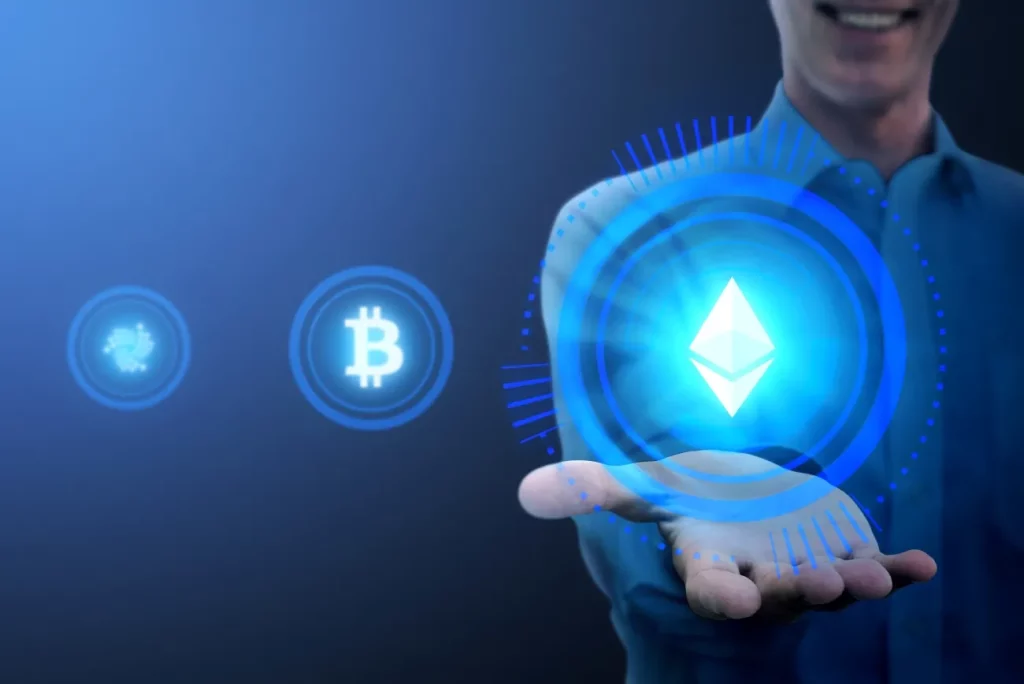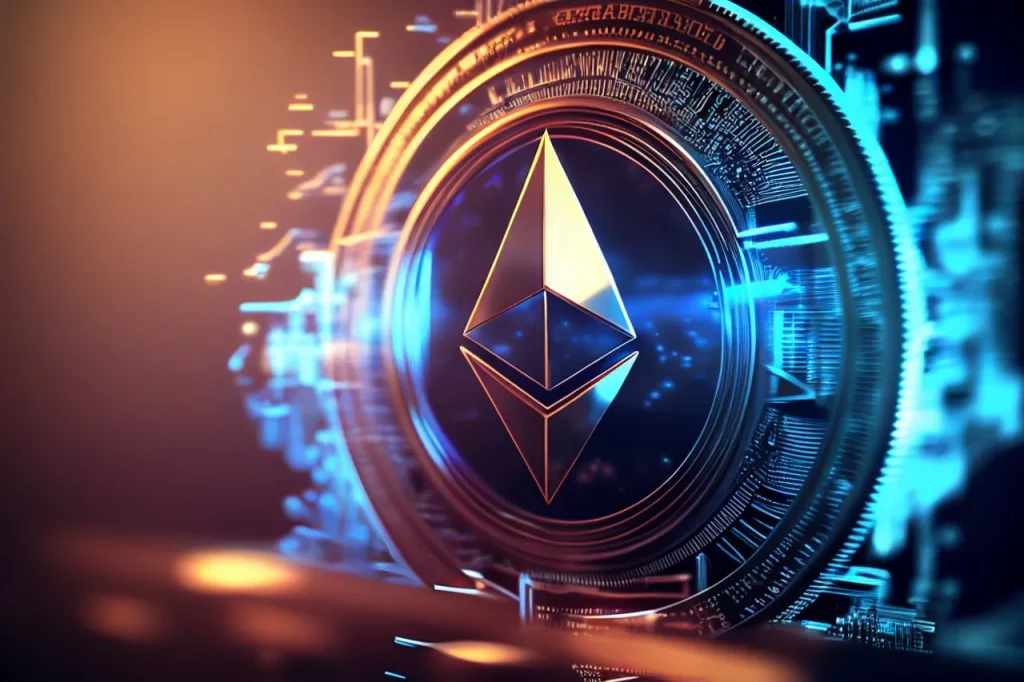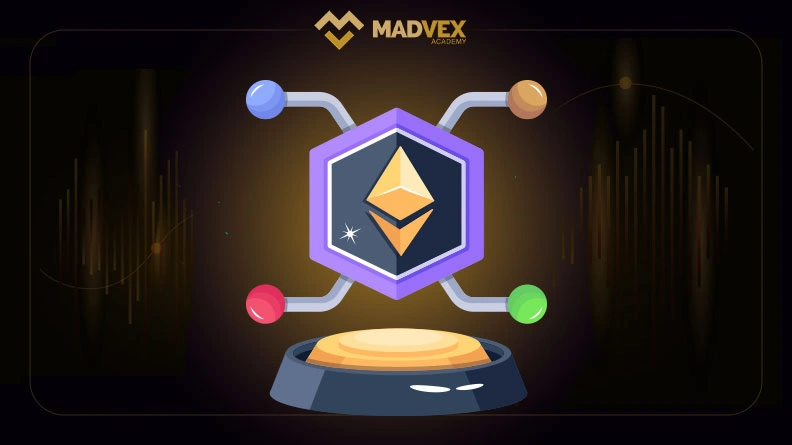Introduction
Ethereum has emerged as a revolutionary technology in the world of cryptocurrencies and blockchain. It extends beyond the functionalities of a traditional blockchain, offering a platform for developing decentralized applications (DApps) and executing smart contracts. This article delves into what Ethereum is, how it functions, and its pivotal role in shaping the future of decentralized transactions and applications.
Understanding Ethereum
Ethereum is a decentralized, open-source blockchain system featuring its own cryptocurrency, Ether (ETH). It was proposed in late 2013 by programmer Vitalik Buterin and development was crowdfunded in 2014, with the network going live on July 30, 2015. Unlike Bitcoin, which aims to disrupt online banking and everyday transactions, Ethereum’s primary goal is to facilitate and host decentralized applications and to democratize the development of these applications.

The Mechanism of Ethereum
At its core, Ethereum operates on the basis of a blockchain network. A blockchain is a distributed public ledger that records all transactions made with Ether, Ethereum’s native currency. Each ‘block’ in the blockchain is made up of numerous transactions, and every time a new transaction occurs on the blockchain, a record of that transaction is added to every participant’s ledger.
It uses a consensus mechanism called Proof of Work (PoW) to ensure that all transactions are accurately recorded without the need for a central authority, although it is transitioning to Proof of Stake (PoS) to reduce energy consumption.
Ethereum’s Consensus Mechanism
Ethereum currently operates on a Proof of Work (PoW) consensus mechanism, similar to Bitcoin. However, the network is transitioning to a Proof of Stake (PoS) model with the Ethereum 2.0 upgrade. PoS validators are selected based on the amount of Ether they hold and are willing to stake, ensuring network security and transaction validation.
Smart Contracts and Decentralized Applications
Smart contracts are the backbone of Ethereum, enabling developers to create complex applications with predefined rules and conditions. These contracts run on the EVM, providing a secure and transparent way to execute agreements. Decentralized applications (dApps) built on Ethereum leverage smart contracts to offer various services, from finance to gaming.
Decentralized Autonomous Organizations (DAOs)
Ethereum introduced the concept of Decentralized Autonomous Organizations (DAOs), which are entities governed by smart contracts and operate without centralized control. DAOs enable transparent decision-making and governance, making them ideal for community-driven projects and organizations.

Ethereum Virtual Machine (EVM)
The Ethereum Virtual Machine (EVM) is the runtime environment for smart contracts in Ethereum. It is not only a key part of Ethereum’s architecture but also what differentiates it from all other blockchain-based systems.
The EVM is completely isolated, meaning that code run inside the EVM has no access to network, filesystem, or other processes. This isolation ensures security and integrity.
Scalability and Upgrades
Ethereum has faced scalability challenges, including high gas fees and network congestion. To address these issues, Ethereum 2.0 aims to improve scalability through sharding and layer 2 solutions. These upgrades will enhance the network’s efficiency and transaction throughput, making it more accessible to users and developers.
Conclusion
Ethereum is a groundbreaking platform that has revolutionized blockchain technology and decentralized applications. With its focus on smart contracts, PoS consensus mechanism, and support for DAOs, Ethereum continues to lead the way in the crypto space. As the platform evolves through upgrades like Ethereum 2.0, it is poised to remain a key player in the industry, offering innovative solutions and opportunities for developers and users alike.



